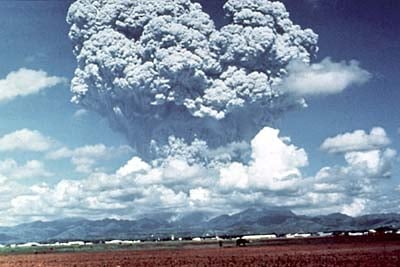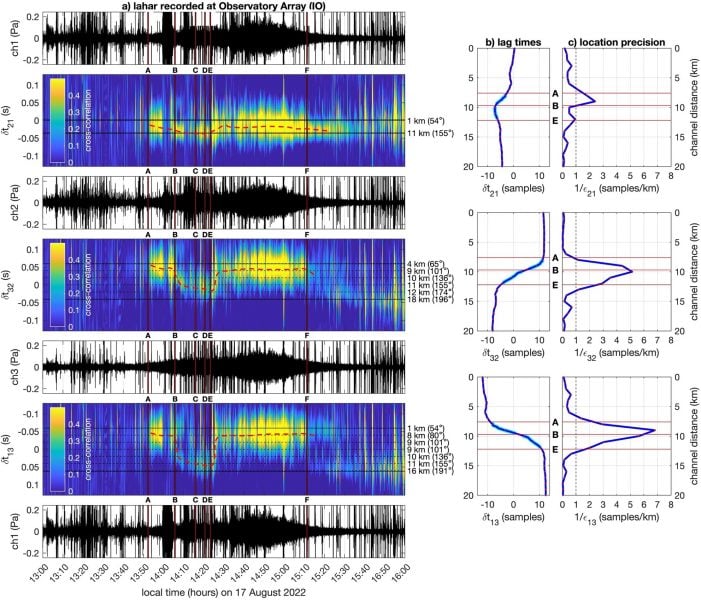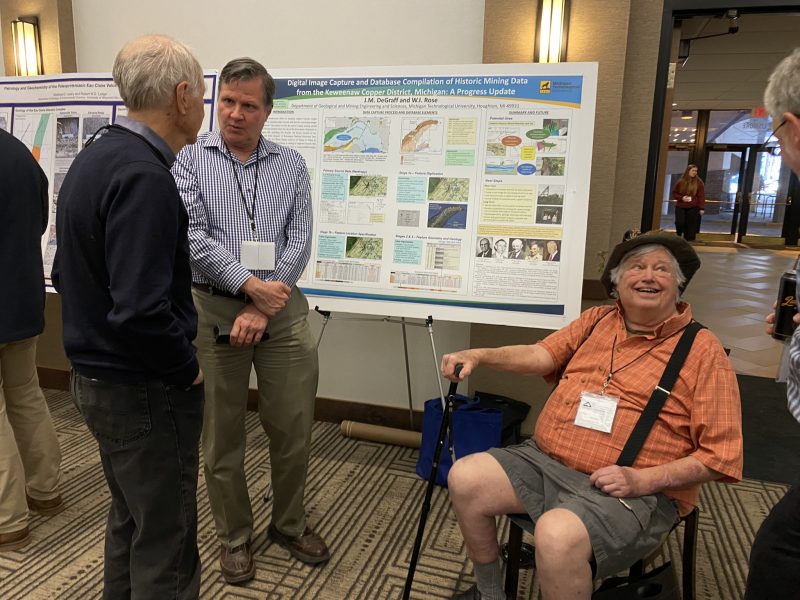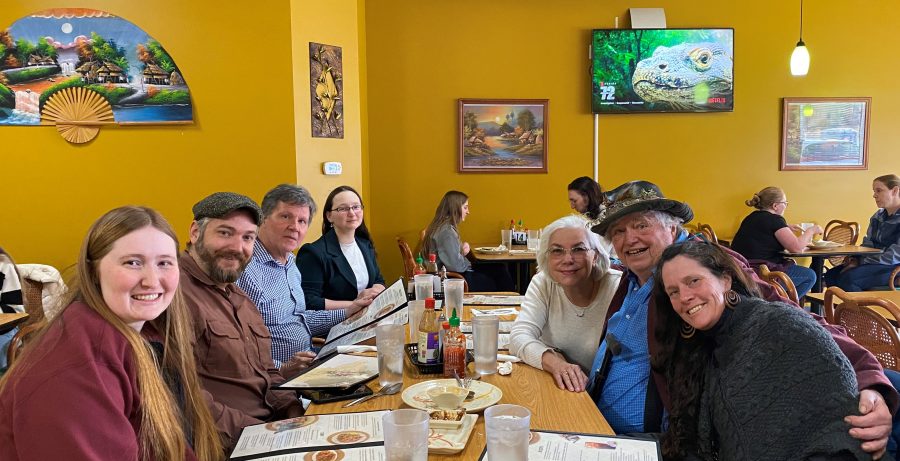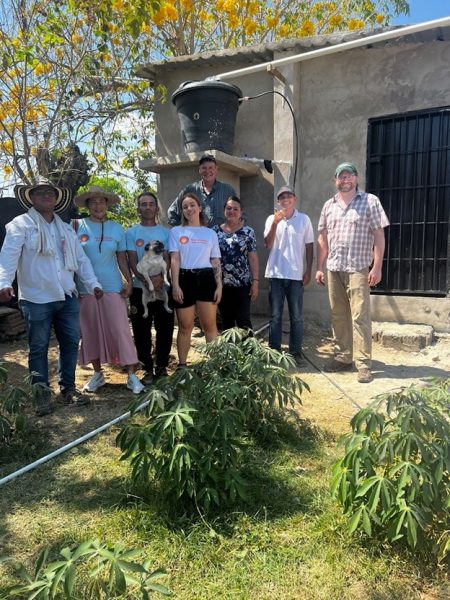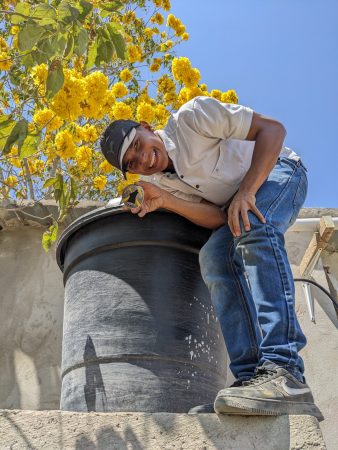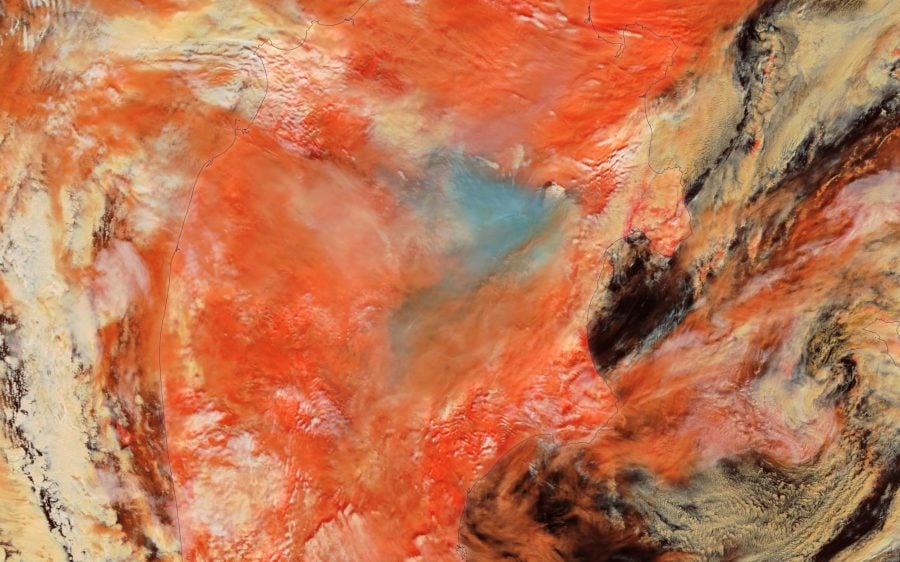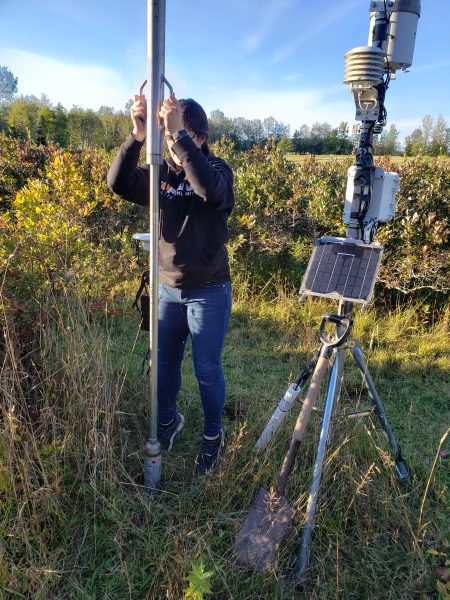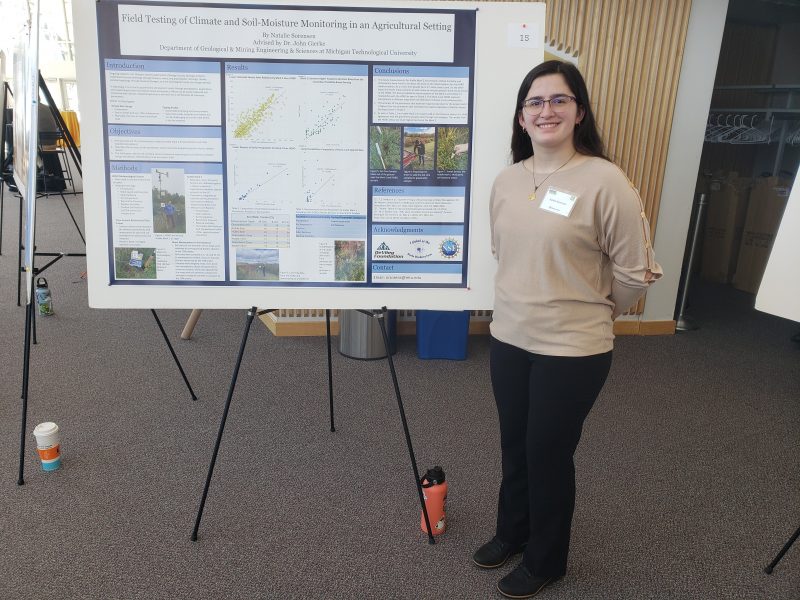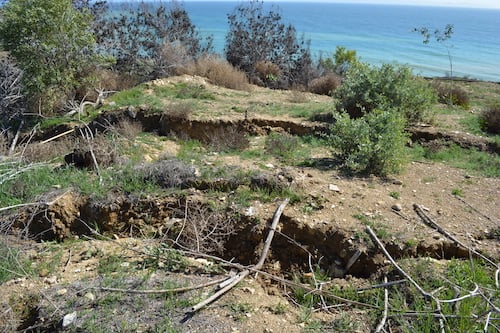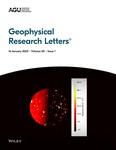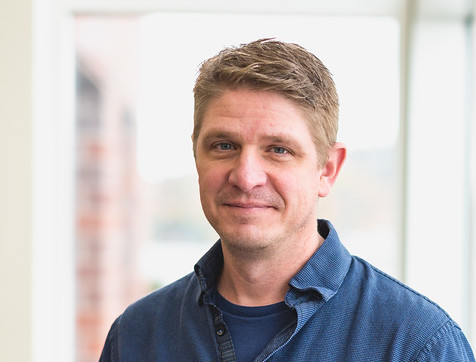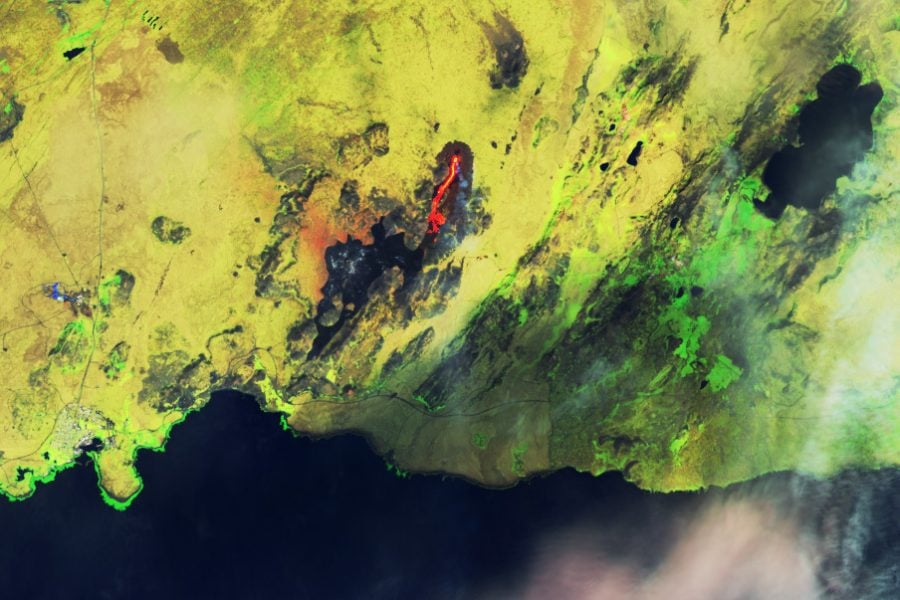
On July 10, 2023, lava began to spill from the Fagradalsfjall volcanic system in southwestern Iceland, marking the third consecutive summer of activity at the volcano.
Simon Carn (GMES) was quoted by NASA’s Earth Observatory and eGreenews in stories about the continuing eruption of Fagradalsfjall.
“Based on satellite and ground-based data, emissions of sulfur dioxide from Fagradalsfjall are in the range of several thousands of tons per day—similar to the 2021 and 2022 eruption,” said Carn, a volcanologist at Michigan Tech and member of a NASA team that monitors sulfur dioxide emissions.
